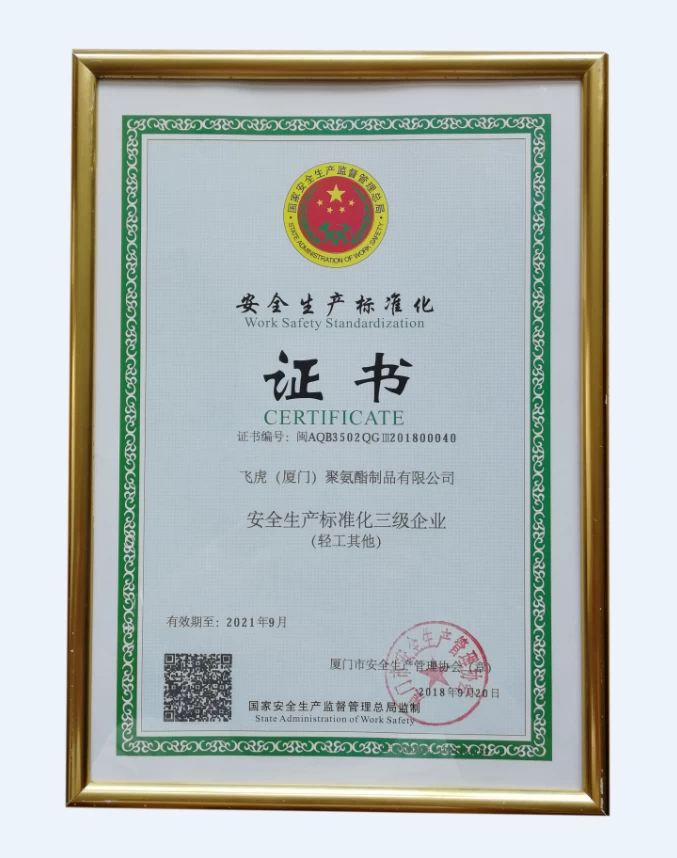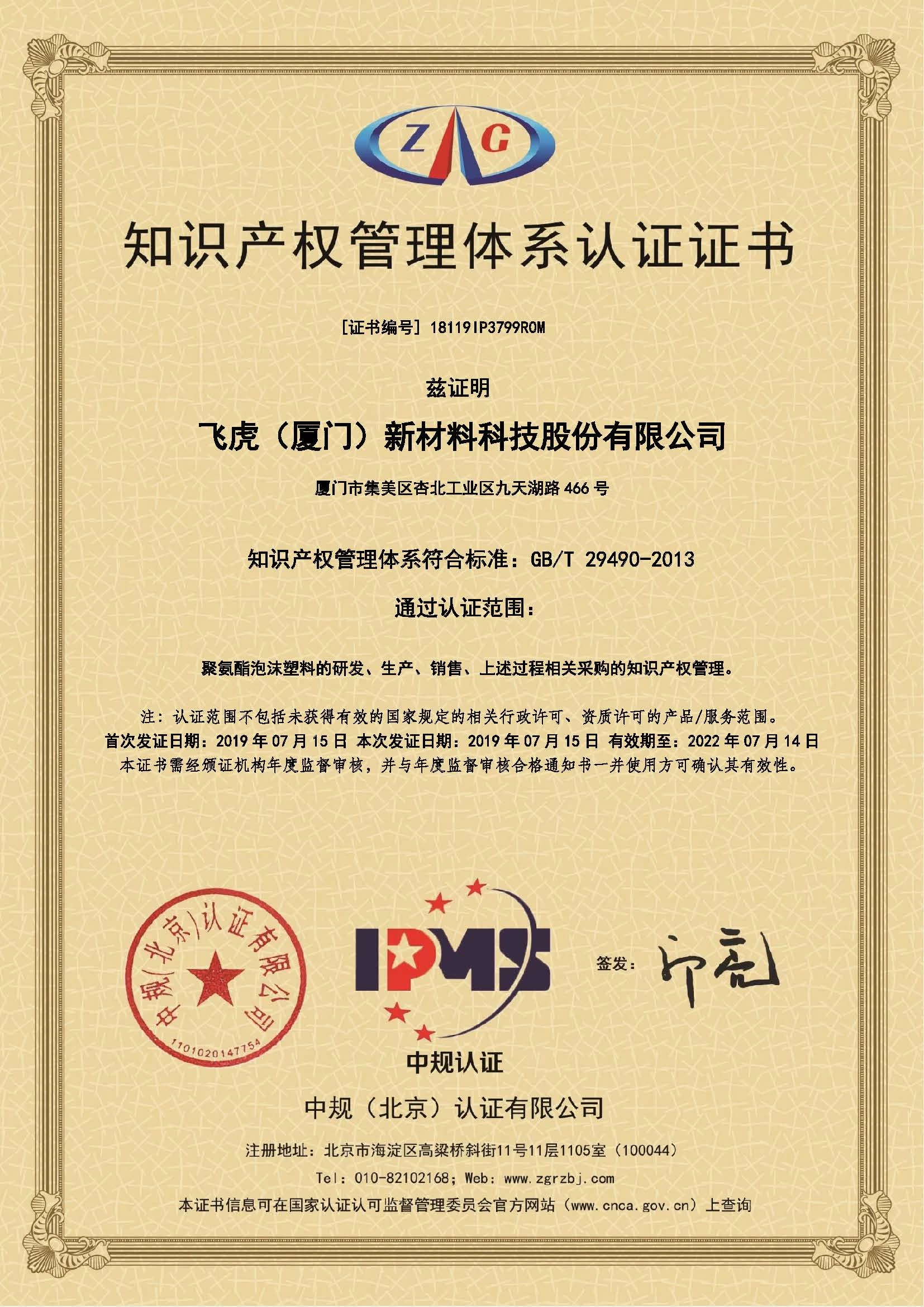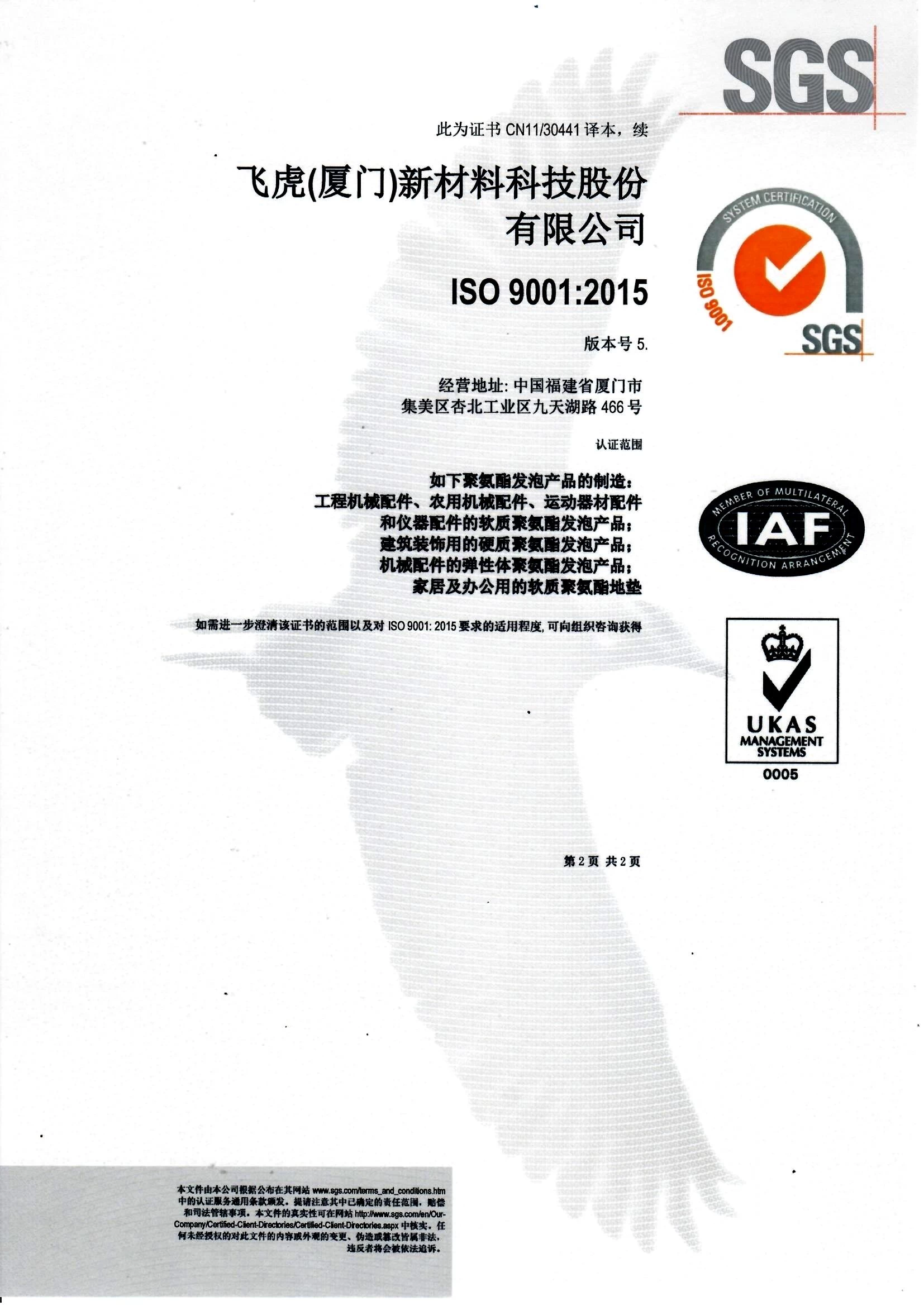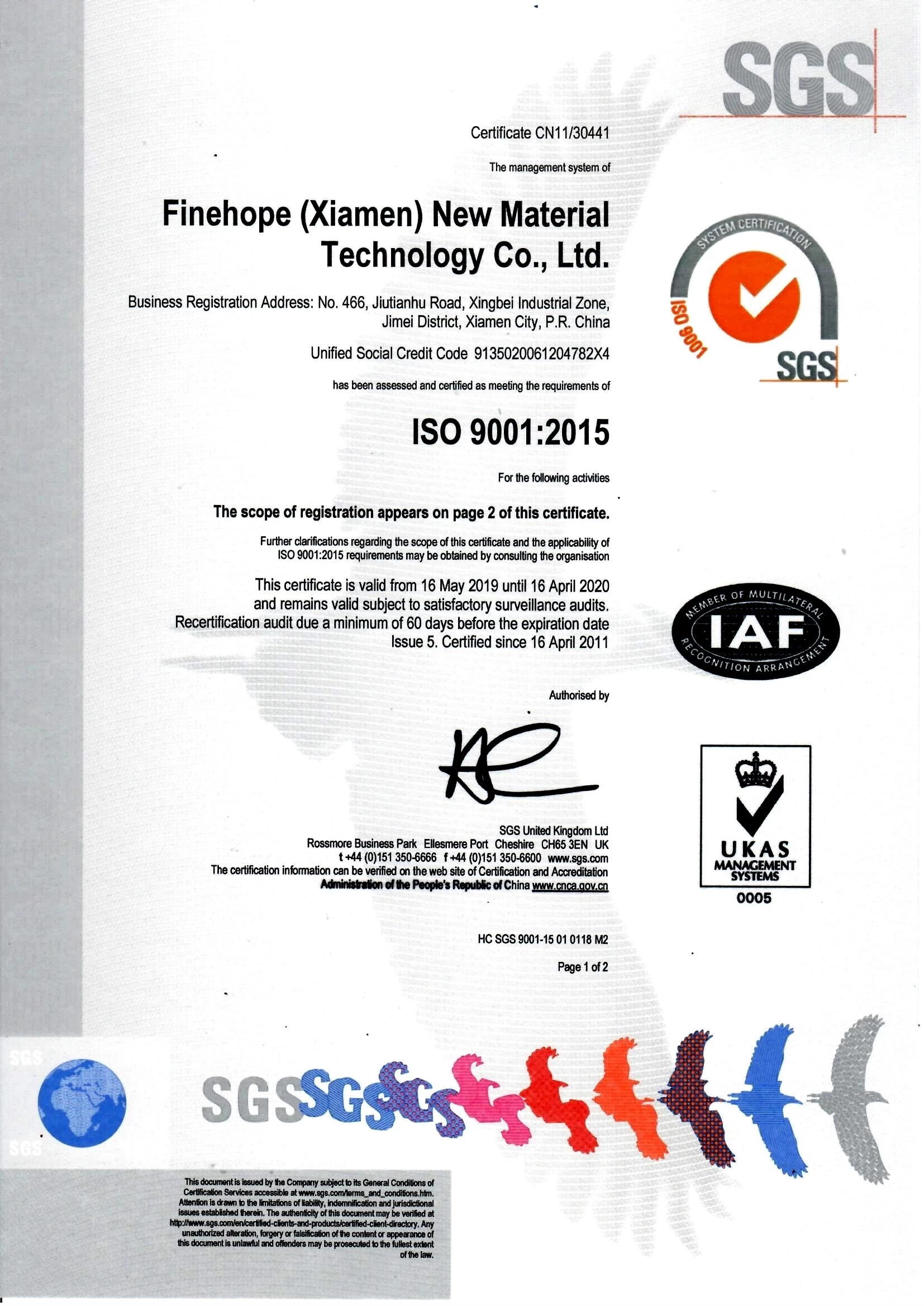risk management :Crossrail of London
hopely
2017-09-11 10:40:11

Lessons on risk management, from Europe's biggest infrastructure project.
The eastbound platform on the Elizabeth line at Farringdon Station in central London is 30 metres below ground.
Its length is as striking as its depth.
At more than 200 metres, it is almost twice as long as the typical platform on the Tube.
When service begins in December 2018, it will increase rail capacity in central London by 10%, thanks to the longer trains.
Travellers nearest to the terminal stations at Reading and Heathrow, to the west of the city, and Shenfield and Abbey Wood, to the east, have a shot at the acme of commuter luxury: a seat.
Crossrail, as the £14.8bn ($19bn) infrastructure project is known, is on track to deliver other small miracles.
With 85% of the work completed, the project is on-budget and on-time, in spite of its size and complexity.
The programme required ten new stations, some with passenger tunnels linking them to existing Tube lines.
The Elizabeth line itself will snake through 13 miles (21km) of twinned tunnels, including a section under the Thames.
Tunnelling is a risky business.
You never can tell if you'll run into a hold-up.
The Crossrail dig has yielded 10,000 items of interest to archaeologists.
At Farringdon the diggers found 25 skeletons, the remains of victims of the 14th-century Black Death.
But there were no immovable objects.
In fact, big surprises were rare.
For a project this complex, a lot of preparation ( "de-risking" in the jargon) is needed before private contractors can be confident they won't encounter big obstacles, and can price a bid sensibly.
Once contracts were awarded, it was up to project managers to keep to the timetable.
Unexpected delays, such as slow delivery of fittings, are managed in three ways, says Mujahid Khalid, who is in charge at Farringdon.
A “float” of unallocated time can be drawn upon; other tasks can be brought forward; and, as a last resort, the number of shifts can be increased.
The ground has to be prepared for the six floors of offices and shops to be built over the new station.
Such “over-site” developments are part of the project's financing.
Indeed London's businesses are stumping up £4.1bn in a variety of ways for Crossrail.
With hindsight, the sponsors might have considered charging for tours of the Farringdon site by visitors from cities seeking lessons for their own metro systems.
It would not be the only unorthodox initiative.
The tunnels needed eight bespoke boring machines.
Four dug their way back to surface and were sold back to Herrenknecht, the German manufacturer.
Four (two running eastward and two westward) reached the ends of their lines beneath Farringdon.
Stripped of valuable kit for recycling, the remains were left there: strange skeletons for 28th-century archaeologists to pore over.
The eastbound platform on the Elizabeth line at Farringdon Station in central London is 30 metres below ground.
Its length is as striking as its depth.
At more than 200 metres, it is almost twice as long as the typical platform on the Tube.
When service begins in December 2018, it will increase rail capacity in central London by 10%, thanks to the longer trains.
Travellers nearest to the terminal stations at Reading and Heathrow, to the west of the city, and Shenfield and Abbey Wood, to the east, have a shot at the acme of commuter luxury: a seat.
Crossrail, as the £14.8bn ($19bn) infrastructure project is known, is on track to deliver other small miracles.
With 85% of the work completed, the project is on-budget and on-time, in spite of its size and complexity.
The programme required ten new stations, some with passenger tunnels linking them to existing Tube lines.
The Elizabeth line itself will snake through 13 miles (21km) of twinned tunnels, including a section under the Thames.
Tunnelling is a risky business.
You never can tell if you'll run into a hold-up.
The Crossrail dig has yielded 10,000 items of interest to archaeologists.
At Farringdon the diggers found 25 skeletons, the remains of victims of the 14th-century Black Death.
But there were no immovable objects.
In fact, big surprises were rare.
For a project this complex, a lot of preparation ( "de-risking" in the jargon) is needed before private contractors can be confident they won't encounter big obstacles, and can price a bid sensibly.
Once contracts were awarded, it was up to project managers to keep to the timetable.
Unexpected delays, such as slow delivery of fittings, are managed in three ways, says Mujahid Khalid, who is in charge at Farringdon.
A “float” of unallocated time can be drawn upon; other tasks can be brought forward; and, as a last resort, the number of shifts can be increased.
The ground has to be prepared for the six floors of offices and shops to be built over the new station.
Such “over-site” developments are part of the project's financing.
Indeed London's businesses are stumping up £4.1bn in a variety of ways for Crossrail.
With hindsight, the sponsors might have considered charging for tours of the Farringdon site by visitors from cities seeking lessons for their own metro systems.
It would not be the only unorthodox initiative.
The tunnels needed eight bespoke boring machines.
Four dug their way back to surface and were sold back to Herrenknecht, the German manufacturer.
Four (two running eastward and two westward) reached the ends of their lines beneath Farringdon.
Stripped of valuable kit for recycling, the remains were left there: strange skeletons for 28th-century archaeologists to pore over.
Related news:
- handrail parts,polyurethane railing parts,urethane stair balustrad,baluster stairs
- handrail parts,exterior wood balusters,stair railing,stair rail parts
- stair accessories,outdoor baluster,baluster stairs,mold for baluster
- High quality polyurethane baluster,Railing baluster,stair railing parts,porch balusters
Precedente : Ireland is ditching peat for energy from wind.

















